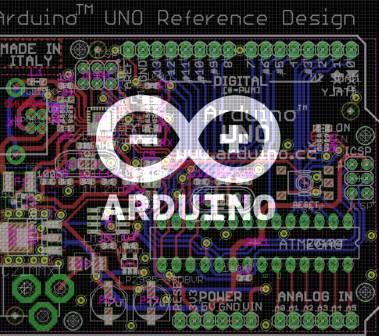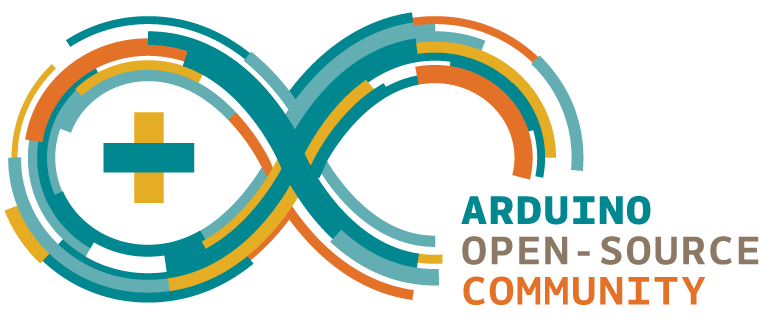Applications with Arduino
The Project ARDUINO, proudly Italian, and 'one of the most' important reality 'Open-Hardware on the world market. Massimo Banzi, its inventor, has contributed his "visionary simplicity 'in solving students and designers the great problem of having a card of standard logic," to give us a small but relatively powerful and versatile hardware, programmable with a language derived from "C", ultimately a great innovation for experimentation and for the study and prototyping of innovations.

ARDUINO Project makes available to users:
- A hardware platform: consists of cards based on Atmel microcontrollers, which integrate also various devices that simplify use and the connection on the outside, such as quartz for the generation of the clock, the voltage regulator, the interface for the USB communication, input and output connectors for analog and digital signals, LED, etc .;
- An integrated development environment (IDE: Integrated Development Environment) in which you write the software in a language called Wiring, derived from the C / C ++, which provides the tools to write software (a sketch) and check its syntax ( editor), to convert the program from the source language to machine code (compiler), to load the code in the memory of the microcontroller (loader), to control the execution of software and correct any errors (debugging), etc.
Experiment with sophisticated firmware ARDUINO not mean only demonstrate their ability 'technical or programming, but especially to be part of a growing group of fans believe that the spread of scientific knowledge can give a positive boost to our society' as well as change radically many of the business models we are used to for years.
VIDEO PRESENTATION OF ARDUINO BY MASSIMO BANZI
The diagrams of hardware ARDUINO are distributed, so they can be used in legal terms, with a Creative Commons Attribution-Share Alike 2.5, and are available on the official Arduino. Some versions of the card are also available on layout and production files.
The source code for the integrated development environment and the resident library are available, and licensed, according to the legal terms contained in the GPLv2 license. The GNU General Public License and 'a free software license. It is commonly referred to by the acronym GNU GPL or simply GPL.
Contrary to the licensing of proprietary software, the GPL assures the user freedom to use, copy, modify and distribute. The GPL has met a great success among the authors of software since its creation, and is 'now the most' popular license for free software. Like any software license, the GPL and 'a legal document associated with the program released under that license. Like all free software licenses, it shall grant to licensees permission to modify the program, to copy it and redistribute it with or without modification, with or without charge.
The SPX Logical, as part of its activities' software engineering, has massively used the platform ARDUINO for their writing projects of Firmaware, using its enormous flexibility 'of use, the easy availability' on the market and the vast amount 'accessories and libraries developed by the Community' Arduino.
The platform ARDUINO and 'soon became in the company SPX Logical, not only a tool where prototype Firmware communication and control between various devices, but the ideal interface to manage sensors, acquire and process signals, control complex systems, communicate complex systems.
For these reasons the SPX Logical has organized a special training program for those who wish to undertake the cosonscenza and use, with a mode 'very practice-oriented, such technology. the program of courses and availability 'of the training sessions, are available on the special page of this portal: CALENDAR OF COURSES ON ARDUINO
Input Processing Output
Input: data from a set of sensors external to the card, each capable of transforming the physical size of interest into a voltage (analog sensor) or in a sequence of bits (digital sensor)
Processing: set of algorithms contained in the firmware that evaluate the incoming data (the gates analog or digital) and produce results in output
Output: changes in the environment surrounding the system, performed by a set of actuators, each capable of transforming the result of the actions in fi siche (a light, a written displayed on a display, a rotating motor, a datum sent to another computer via the serial interface, a series of data written on a memory of type SD, etc., etc.)
As part of the activities' of training and educational SPX Logical, platform boards ARDUINO and 'soon became the ideal tool to perform simple experiments with digital electronics, given the low cost of the cards and the enormous availability' is development environments, so the library as well as a wide variety 'of developers with whom and' can interact via the Internet. The SPX Logical organized on the basis of specific memoranda of understanding drawn up with technical schools, courses on the practical use of technology Arduino.
The calendar, the course program and registration online

